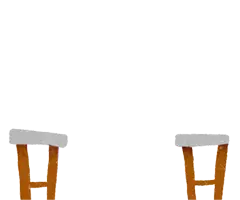Part 2Cover
Key terms relating to cover
33Treatment
For the purposes of determining whether a treatment injury has occurred, or when that injury occurred, treatment includes—
- the giving of treatment:
- a diagnosis of a person's medical condition:
- a decision on the treatment to be provided (including a decision not to provide treatment):
- a failure to provide treatment, or to provide treatment in a timely manner:
- obtaining, or failing to obtain, a person's consent to undergo treatment, including any information provided to the person (or other person legally entitled to consent on their behalf if the person does not have legal capacity) to enable the person to make an informed decision on whether to accept treatment:
- the provision of prophylaxis:
- the failure of any equipment, device, or tool used as part of the treatment process, including the failure of any implant or prosthesis (except where the failure of the implant or prosthesis is caused by an intervening act or by fair wear and tear), whether at the time of giving treatment or subsequently:
- the application of any support systems, including policies, processes, practices, and administrative systems, that—
- are used by the organisation or person providing the treatment; and
- directly support the treatment.
- are used by the organisation or person providing the treatment; and
Subsection (1) does not affect the application of the definition of treatment in section 6(1) for purposes other than those stated in subsection (1).
Subsection (2) is for the avoidance of doubt.
Notes
- Section 33: substituted, on , by section 13 of the Injury Prevention, Rehabilitation, and Compensation Amendment Act (No 2) 2005 (2005 No 45).


